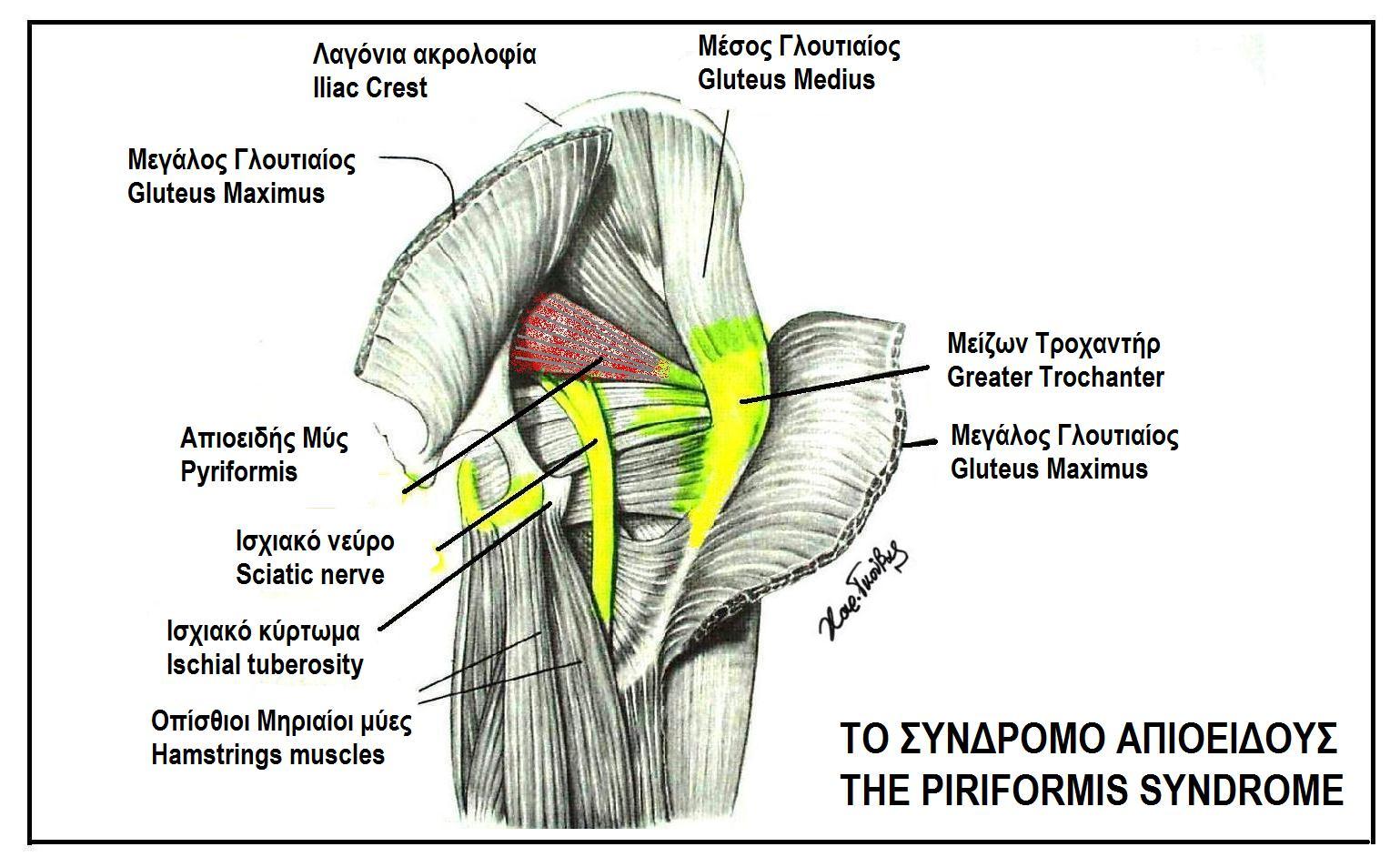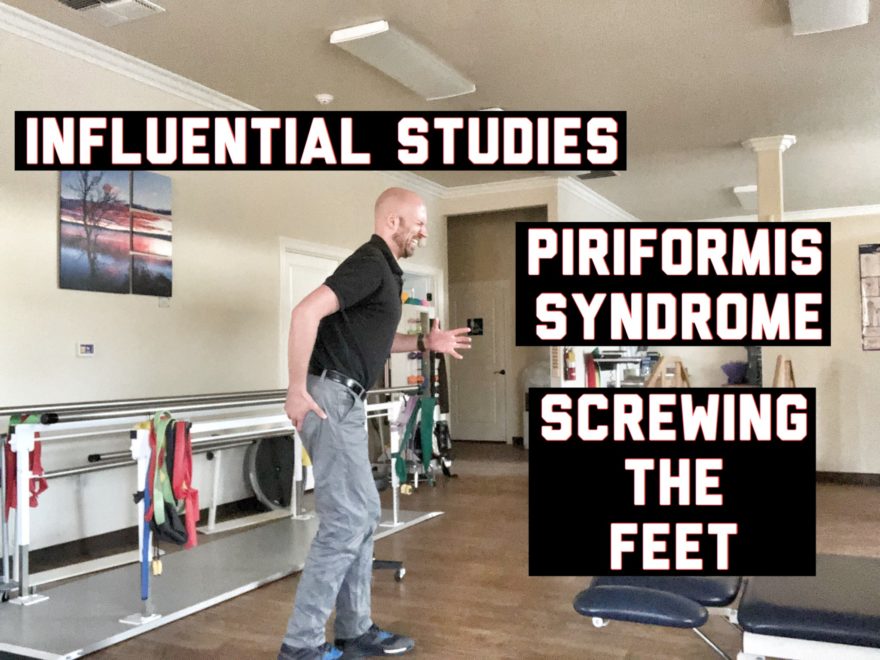Movement Debrief Episode 59 is in the books. Below is a copy of the video for your viewing pleasure, and audio if you can’t stand looking at me.
Here is the set list:
- What are the top two studies that have influenced my practice?
- What is piriformis syndrome?
- How do I treat piriformis syndrome?
- What is screwing the feet?
- What position should the foot be in for squatting?
If you want to watch these live, add me on Facebook or Instagram.They air every Wednesday at 7pm CST.
Enjoy!
and the audio version…
Here were the links I mentioned:
Sign-up for the Human Matrix in Seattle, WA on September 15-16th here
Sign up for the Human Matrix in Kansas City, KS on October 27-28th here
Sign-up for the Human Matrix in Portland, OR on November 10-11 here
Read here to learn more about Human Matrix
Coordinative variability and overuse injury
Mechanics of the respiratory muscles

Here is the debrief on hip extension
Below is a good move to improve hip internal rotation
Below is a good move to improve hip external rotation
Below is the slump test
Below is an excerpt from a message I got from a bright PT student and zaccupples.com employee, Kris Camelio (Instagram, Twitter), in regards to the “foot screwing out” piece. I thought you may enjoy.
Pronation during squat makes the foot segment mobile and thus offers less stability for the rest of the body, thus creating an additional challenge in the struggle to not collapse the whole kinetic chain.Spreading the floor apart, or thinking about ripping apart the imaginary paper towel during a squat, especially as you descend, can help the knees track how they need to for natural arthrokinematics. Anyone who’s listened to any professor on the topic of the knee will recall the old classic phrase “the knee is not a true hinge joint”. What this means is that when the knee flexes, the femur externally rotates relative to the fixed tibia and lower leg. Ideally, the ‘spread the floor apart’ cue achieves this transverse plane knee movement.Also, pronation and calcaneal valgus is heavily coupled with knee internal rotation. Therefore, allowing your feet to pronate as you descend will not only make you less stable, but could create forces that oppose the smoothest direction of transverse plane knee movement, and not only stress the MCL/ACL with a valgus moment like we all learn in school, but could also create additional stress on the medial meniscus/medial knee cartilage (because of the slightly more narrow medial femoral condyle, but also because as the femur rotates laterally on a fixed tibia as the knee traverses through closed-chain flexion, the medial condyle slides and pivots whereas the lateral condyle primarily spins. In other words, the rotation of the knee occurs primarily around an axis that is closer to the lateral tibiofemoral joint. Therefore, this medial cartilage is already predisposed to excess wear– which, I understand, is one reason why older people tend to present with more genu varum.
Here’s a signup for my newsletter to get nearly 3 hours and 50 pages of content, a free acute:chronic workload calculator, basketball conditioning program, podcasts, and weekend learning goodies:
[yikes-mailchimp form=”1″ submit=”Get learning goodies and more”]
Table of Contents






